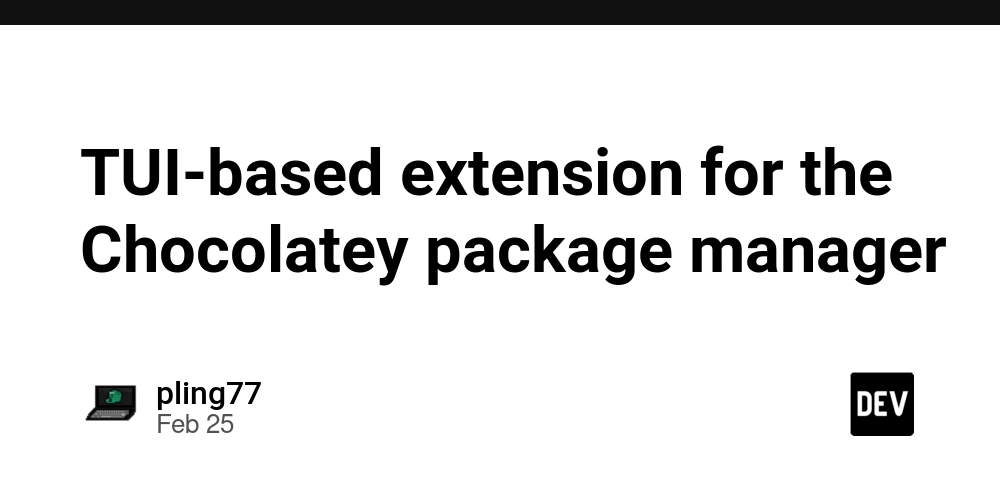Your Comprehensive Guide to Blockchain Rollups: Scaling the Future
Introduction Blockchain technology has revolutionized how we approach trust and decentralization. However, as networks like Ethereum gained popularity, a significant challenge emerged: scalability. As more users join blockchain networks, transaction throughput limitations lead to congestion and high fees. These challenges prompted a critical question: How can networks increase transaction throughput without sacrificing decentralization and security? Layer 2 (L2) scaling solutions have emerged to address these issues, with rollups becoming the leading approach to blockchain scaling. Blockchain Infrastructure Basics Before diving into rollups, it's important to understand the foundational elements they build upon: Blockchain Clients Blockchain clients are software applications that connect to and interact with blockchain networks. They perform several critical functions: Network Connection: Establishing and maintaining connections to the peer-to-peer network State Management: Tracking the current state of the blockchain Transaction Processing: Processing transactions and propagating them across the network Consensus Participation: Following the network's rules to agree on the state Different client implementations like Geth, Erigon, or Nethermind for Ethereum follow the same protocol but may have different architectures and optimizations. Node Management A node in a blockchain is a computer that participates in the network by validating transactions, storing the blockchain's data, and helping maintain the decentralized network. Running a blockchain node involves: Hardware Provisioning: Ensuring the node has enough CPU, memory, storage, and bandwidth to operate efficiently Software Maintenance: Regularly updating and securing the blockchain client software to prevent vulnerabilities Synchronization: Downloading and verifying the blockchain's history to stay up to date with the network Monitoring: Constantly tracking the node's performance and the overall network status to ensure smooth operation Blockchain nodes can be categorized as full nodes (storing the complete blockchain data) or light nodes (only storing essential data and relying on full nodes for additional information). Validator Setups Validators are special nodes that participate in block production and consensus: Staking: Depositing tokens as an economic guarantee of good behavior Block Production: Creating new blocks with valid transactions Attestation: Verifying and voting on blocks created by others Slashing Risk: Facing penalties for malicious behavior or downtime Validator setups require additional security considerations and often more powerful hardware than regular nodes. What Are Rollups? Rollups are Layer 2 scaling solutions that process transactions off-chain before submitting compressed data to the main blockchain (Layer 1). By bundling multiple transactions together, rollups significantly reduce network congestion, enabling higher transaction throughput ⚡, lowering transaction fees

Introduction
Blockchain technology has revolutionized how we approach trust and decentralization. However, as networks like Ethereum gained popularity, a significant challenge emerged: scalability. As more users join blockchain networks, transaction throughput limitations lead to congestion and high fees. These challenges prompted a critical question: How can networks increase transaction throughput without sacrificing decentralization and security?
Layer 2 (L2) scaling solutions have emerged to address these issues, with rollups becoming the leading approach to blockchain scaling.
Blockchain Infrastructure Basics
Before diving into rollups, it's important to understand the foundational elements they build upon:
Blockchain Clients
Blockchain clients are software applications that connect to and interact with blockchain networks. They perform several critical functions:
- Network Connection: Establishing and maintaining connections to the peer-to-peer network
- State Management: Tracking the current state of the blockchain
- Transaction Processing: Processing transactions and propagating them across the network
- Consensus Participation: Following the network's rules to agree on the state
Different client implementations like Geth, Erigon, or Nethermind for Ethereum follow the same protocol but may have different architectures and optimizations.
Node Management
A node in a blockchain is a computer that participates in the network by validating transactions, storing the blockchain's data, and helping maintain the decentralized network. Running a blockchain node involves:
- Hardware Provisioning: Ensuring the node has enough CPU, memory, storage, and bandwidth to operate efficiently
- Software Maintenance: Regularly updating and securing the blockchain client software to prevent vulnerabilities
- Synchronization: Downloading and verifying the blockchain's history to stay up to date with the network
- Monitoring: Constantly tracking the node's performance and the overall network status to ensure smooth operation
Blockchain nodes can be categorized as full nodes (storing the complete blockchain data) or light nodes (only storing essential data and relying on full nodes for additional information).
Validator Setups
Validators are special nodes that participate in block production and consensus:
- Staking: Depositing tokens as an economic guarantee of good behavior
- Block Production: Creating new blocks with valid transactions
- Attestation: Verifying and voting on blocks created by others
- Slashing Risk: Facing penalties for malicious behavior or downtime
Validator setups require additional security considerations and often more powerful hardware than regular nodes.
What Are Rollups?
Rollups are Layer 2 scaling solutions that process transactions off-chain before submitting compressed data to the main blockchain (Layer 1). By bundling multiple transactions together, rollups significantly reduce network congestion, enabling higher transaction throughput ⚡, lowering transaction fees












































































































































































![[The AI Show Episode 142]: ChatGPT’s New Image Generator, Studio Ghibli Craze and Backlash, Gemini 2.5, OpenAI Academy, 4o Updates, Vibe Marketing & xAI Acquires X](https://www.marketingaiinstitute.com/hubfs/ep%20142%20cover.png)



























































































































![[DEALS] The Premium Learn to Code Certification Bundle (97% off) & Other Deals Up To 98% Off – Offers End Soon!](https://www.javacodegeeks.com/wp-content/uploads/2012/12/jcg-logo.jpg)


![From drop-out to software architect with Jason Lengstorf [Podcast #167]](https://cdn.hashnode.com/res/hashnode/image/upload/v1743796461357/f3d19cd7-e6f5-4d7c-8bfc-eb974bc8da68.png?#)









































































































.png?#)

































_Christophe_Coat_Alamy.jpg?#)
 (1).webp?#)




































































































![iPhone 17 Pro Won't Feature Two-Toned Back [Gurman]](https://www.iclarified.com/images/news/96944/96944/96944-640.jpg)
![Tariffs Threaten Apple's $999 iPhone Price Point in the U.S. [Gurman]](https://www.iclarified.com/images/news/96943/96943/96943-640.jpg)





































































































































